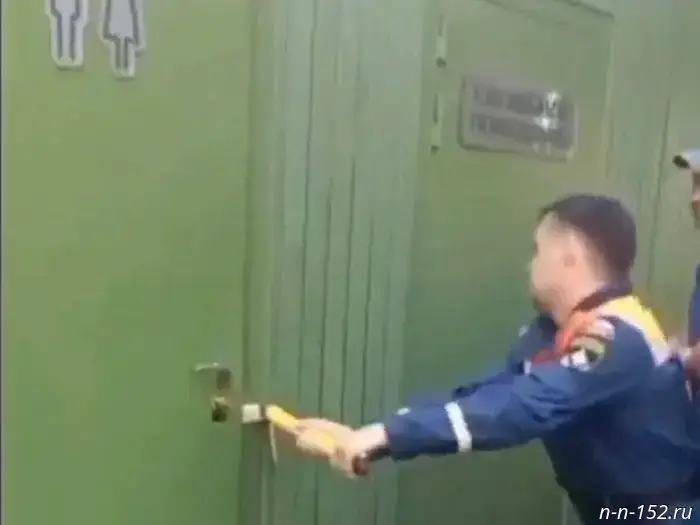The Role of Technology in Preserving Cultural Heritage: New Tools for Artists, Photographers, and Musicians
erid: 2SDnjccvpAA
After the fire at the Notre-Dame Cathedral in Paris, restorers faced a complex and costly challenge. They needed to restore the 19th-century spire and more than half of the XII-XIII century roof, which had been destroyed by flames.
One of the first to offer assistance in the restoration was Ubisoft. In the 2014 game Assassin's Creed Unity, produced by the company, there was a detailed model of the cathedral. A team of designers led by Caroline Myus recreated Notre-Dame based on drawings, blueprints, and photographs.
Ultimately, another digital model was used—the 3D laser scan created by historian Andrew Talon. Ubisoft drew public attention to the issue and helped raise donations.
Scans, which served as the basis for restoring Notre-Dame, or digital twins, are created for many architectural monuments. With technological development, the approach to conserving cultural heritage has changed, reaching a new level, significantly affecting the capabilities of restorers, architects, and builders.
Technologies in Cultural Heritage Preservation
X-ray and CT scans of paintings before restoration, photogrammetry (reconstructing a 3D object from photographs), artificial intelligence — this is not an exhaustive list of technologies used to ensure the preservation, restoration, and potential protection of cultural heritage.
Artificial Intelligence (AI) has been one of the most prominent topics in recent years. After specialists at an Amsterdam art museum restored Rembrandt's painting "The Night Watch" using AI tools in 2021, a heated debate erupted among artists and restorers.
On one side, technologies—through preserved copies and analysis of Rembrandt's works—allowed us to see how the painting might have looked in its original form. On the other side, questions remain about whether they are advanced enough to trust AI with world masterpieces and whether this undermines the work of human artists dedicated to art.
While society seeks answers to these questions, let's explore some less provocative methods available today for preserving cultural heritage that are accessible to the public.
New Tools for Artists
Digital platforms: social networks, online galleries, and websites help contemporary artists document their analog artworks. Portfolio and sales platforms—IPEX, ArtStation, or Behance—enable artists to find sponsors and buyers worldwide.
The development of digital drawing and animation programs, including in augmented (AR) and virtual reality (VR), allows artists to create in formats previously beyond imagination.
Modern Solutions for Photographers
From exposure meter apps that determine lighting levels for film works to metadata embedded in digital images, providing information about the time and place of shooting, as well as camera data—these are some of the technologies available to photographers daily.
Metadata is also used to protect works—helping establish authorship. Additionally, photographers utilize digital deposition, which records the fact that a specific image has been in their possession at a certain date and time.
Ubiquitous AI enables more detailed work with image processing and retouching, and assists in restoring and colorizing old photographs.
Technological Capabilities for Musicians
Perhaps in music, the influence of technology is more noticeable than in other arts. The most groundbreaking are streaming platforms and music sales.
Firstly, they caused a boom in the industry, as performers became less dependent on distributors and physical media. Previously, there were more people with cameras than with musical instruments, as earning money from photography was easier. But with online audio services, the number of independent bands and solo projects increased. Thanks to streaming, artists now earn revenue from each play.
Secondly, digital markets simplified the acquisition of rights to music. They addressed the complex processing of copyright and related rights, which are more complicated in music than in photography or painting.
For example, on IPEX, each track lists rights holders for all types of rights (authors, performers, labels, etc.). Sellers also specify exactly what is being sold: licenses for use in films, series, or commercials; sets of rights for creating covers; or full rights with transfer of ownership.
Impact of Technology on Preserving Intangible Cultural Heritage
Digital sales platforms, web archives, NFTs, social networks—all help preserve art in intangible forms. As long as servers containing data exist, no digitized cultural object will disappear without a trace.
While technology cannot stop time, it can help manage it. They enable the preservation of buildings and sculptures for future generations and restorers, recording brushstroke patterns or calculating original paint colors on paintings. They can give new life to old music recordings through digitization.
Beyond preservation, technology aids in dissemination, which is important for artists, musicians, writers, and photographers, allowing them to dedicate their lives to their craft and receive fair compensation.
Advertising. GIMLE Consulting LLC. INN 7703420611 ipex.ru
NIAN "Nizhny Novgorod" has a Telegram channel. Subscribe to stay updated on major events, exclusive materials, and rapid news.
Copyright © 1999–2025 NIAN "Nizhny Novgorod". When reproducing, a hyperlink to NIAN "Nizhny Novgorod" is mandatory. This resource may contain 18+ materials.
Другие Новости Нижнего (Н-Н-152)
 Nizhny Novgorod Region ranked 65th in the level of mortgage development.
Nizhny Novgorod Region ranked 65th in the level of mortgage development.
 Young woman from Nizhny Novgorod was rescued from a locked toilet in Bor Park
Young woman from Nizhny Novgorod was rescued from a locked toilet in Bor Park
 It was suggested to make parking near social facilities free of charge.
It was suggested to make parking near social facilities free of charge.
 NOIC Media Group launches a unique archival exhibition
NOIC Media Group launches a unique archival exhibition
 Paris NN was decisively defeated by the reigning RPL champion in the first round.
Paris NN was decisively defeated by the reigning RPL champion in the first round.
 Top 7 habits that will help Nizhny Novgorod residents preserve their brain health
Top 7 habits that will help Nizhny Novgorod residents preserve their brain health
